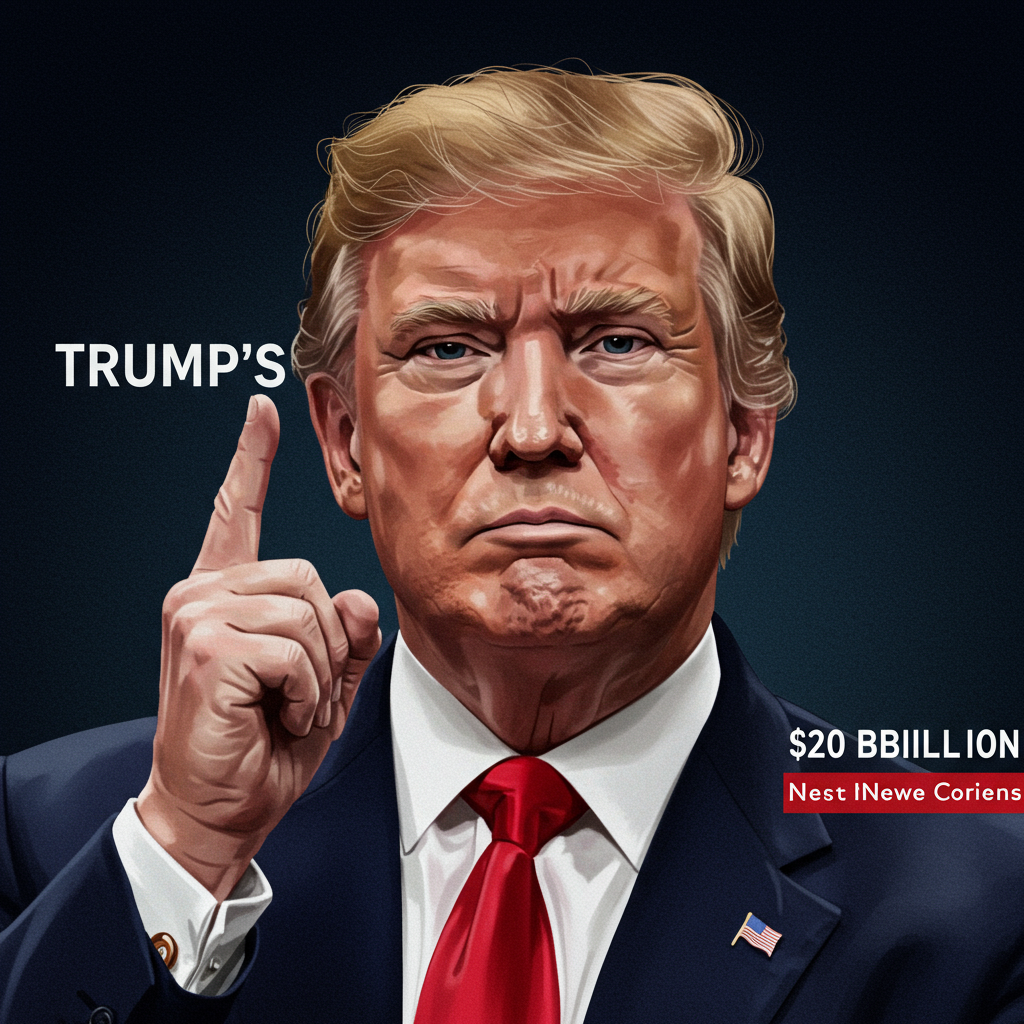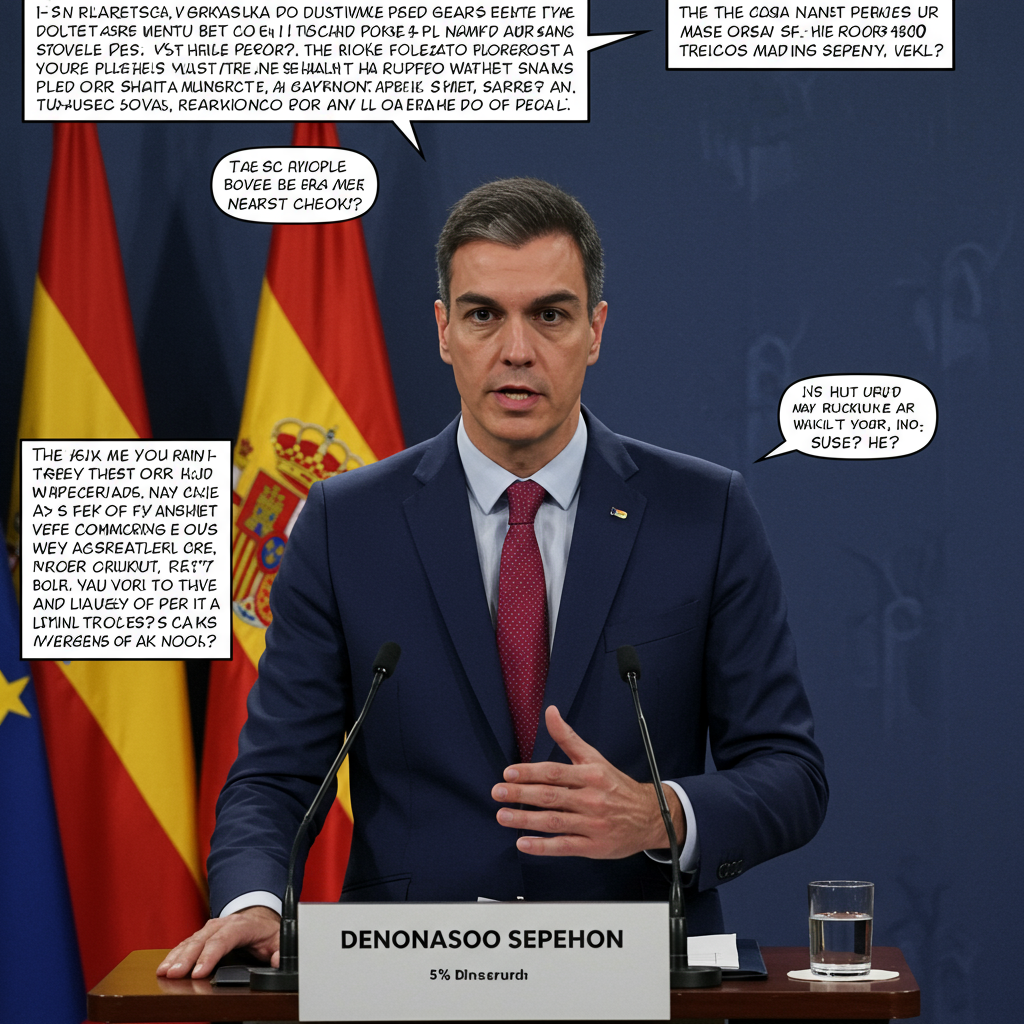The Trump administration’s $20 billion financial lifeline to Argentina ignited a firestorm of controversy. While officials called it strategic support, critics labeled it a bailout. This massive currency swap, designed to stabilize Argentina’s economy and peso, drew immediate backlash. American soybean farmers, already reeling from the U.S.-China trade war, felt betrayed. The deal appeared to benefit a global competitor, raising questions about U.S. priorities.
Trump’s $20 Billion Argentina Lifeline: A Deep Dive
The Trump administration authorized a significant $20 billion financial package for Argentina. Finalized on October 10, 2025, this move sparked intense debate. The arrangement functions as a currency swap framework with Argentina’s central bank. The U.S. Treasury exchanges dollars for pesos. Its primary goal: prop up the struggling Argentine peso and replenish depleted foreign currency reserves. While the U.S. expects repayment, full terms remained undisclosed. These funds ultimately originate from U.S. taxpayer dollars.
Treasury Secretary Scott Bessent strongly refuted “bailout” claims. He framed the initiative as crucial support for a key South American ally. Bessent emphasized advancing U.S. strategic interests across the region. However, Brad Setser, a respected former Treasury official, offered a different view. He unequivocally called the package a “bailout” or “rescue” for a nation facing severe reserve shortages.
How the Currency Swap Works
The $20 billion support package involves two main components. First, a currency swap line allows Argentina to exchange pesos for up to $20 billion. This injects much-needed foreign currency directly into their economy. Second, the U.S. Treasury also purchased an unspecified amount of Argentine pesos. This dual approach aims to stabilize Argentina’s volatile markets. Bessent stated the Treasury was prepared for immediate action. He cited Argentina’s “acute illiquidity” as a driving factor. Success of President Milei’s economic program was deemed “of systemic importance.”
American Farmers’ Fury: Trade War Backlash
The Argentina financial package immediately angered American soybean farmers. These farmers suffered significantly from the Trump administration’s trade war with China. China, historically the largest buyer of U.S. soybeans, purchased over 50% of U.S. exports in 2023 and 2024. However, China halted these purchases amid the trade conflict. This left American farmers grappling with a severe crop crisis. Many faced falling prices, financial distress, and threats of bankruptcies.
Nebraska farmer Ben Steffen voiced his frustration directly. “We’re bailing out our competitor,” he told reporters. This sentiment echoed across the agricultural heartland. Minnesota farmer Darin Johnson noted China’s shift to Argentine soybeans cost the U.S. leverage in trade talks. Iowa farmer Ryan Marquardt questioned the deal’s “America First” alignment. He found it “counterintuitive” and saw no clear U.S. benefit.
Soybean Association’s Strong Condemnation
The American Soybean Association (ASA) emerged as a leading voice of opposition. ASA President Caleb Ragland expressed “overwhelming frustration.” He highlighted a stark contrast: American farmers secured “zero sales to China this crop cycle.” Meanwhile, Argentina capitalized. Following bailout talks, Argentina drastically dropped its soybean export taxes. This led to selling “20 shiploads of Argentine soybeans to China in just two days.” Ragland emphasized the U.S. government supported a competitor. This competitor gained market share in vital Asian markets while U.S. farmers suffered.
Political Maneuvers: Milei, Trump, and Election Stakes
The $20 billion lifeline arrived at a politically sensitive time for Argentina. President Javier Milei, a staunch libertarian and Trump ally, faced an election on October 26, 2025. Milei’s approval ratings had declined. The U.S. deal sought to stabilize the peso just as Argentine voters headed to the polls. Trump publicly praised Milei, endorsing his right-wing agenda. He characterized Milei as “MAGA all the way.”
Trump explicitly linked U.S. support to Milei’s political fortunes. “If he loses, we are not going to be generous,” Trump stated. He added, “If he doesn’t win, we’re gone.” This direct threat underlined the political motivations. Asked if this conditional swap aligned with “America First,” Trump replied “no.” This admission further fueled debate. Bessent, however, maintained the U.S. used economic strength for South American peace. He hoped U.S. support could help Argentina “be great again.”
Milei’s White House Objectives
President Milei’s White House visit on October 14, 2025, had clear objectives. He aimed to negotiate U.S. tariff reductions for Argentine products. Crucially, he sought to finalize the $20 billion currency swap. Milei hoped this financial injection would avert an anticipated peso devaluation. Such devaluation would likely reignite inflation and damage his popularity. He praised Trump, suggesting Argentina could become an example of freedom and prosperity. The meeting also discussed the “Stargate project,” an AI data center initiative.
Ethics and Influence: Bessent’s Wall Street Ties
The controversy deepened with questions surrounding Treasury Secretary Scott Bessent’s financial connections. Reports alleged potential conflicts of interest. Some of Bessent’s former colleagues and friends from finance held substantial investments in Argentina. Rob Citrone, a billionaire hedge fund manager, reportedly held significant investments in Argentine bonds and companies. Argentine media even suggested Citrone himself requested the bailout. Similarly, billionaire Stanley Druckenmiller, a longtime Bessent friend, publicly invested in Argentina after Milei’s election.
On CNBC, Bessent vehemently denied helping wealthy Americans. He called such suggestions a “trope” and “false.” Bessent reiterated the deal served U.S. “strategic interest” in the Western Hemisphere. However, “Popular Information” countered Bessent’s denial. They argued the $20 billion bailout objectively benefited investors like Citrone. Their financial interests in Argentine assets directly rely on the country’s economic stability. The Treasury Department declined to comment on reports regarding Bessent discussing Argentina with Citrone.
Broader Fallout: Bipartisan Pushback and Unanswered Aid
The Trump administration’s Argentina deal faced significant bipartisan opposition. Eight senators, from both parties, introduced the “No Argentina Bailout Act.” This aimed to prohibit Treasury funds for such a purpose. Senator Elizabeth Warren (D-Mass.) called the move “inexplicable.” She accused Trump of prioritizing a foreign government and his “billionaire buddies” over “America First.” Republican Senator Chuck Grassley also strongly disapproved. He questioned bailing out Argentina while it undercut American soybean producers. Grassley asserted the U.S. should prioritize its struggling farm economy.
Adding to the scrutiny, Argentina has a history as a “nine-time serial defaulter.” Critics like Brad Setser worried Argentina needed more aid soon after large IMF loans. This suggested the U.S. aid might be a “short-term bridge.” Meanwhile, Trump’s promises to aid soybean farmers financially remained unfulfilled. The administration blamed a federal government shutdown for delays. White House spokesman Kush Desai affirmed commitment to U.S. farmers. Yet, for many, the Argentina aid felt like a direct contradiction to those pledges.
Frequently Asked Questions
What exactly is the $20 billion financial package for Argentina?
The $20 billion package for Argentina, finalized in October 2025, is primarily a currency swap framework. The U.S. Treasury exchanges dollars for Argentine pesos with Argentina’s central bank. Its main purpose is to stabilize the peso and replenish Argentina’s critically low foreign currency reserves. While U.S. officials like Treasury Secretary Scott Bessent denied it was a “bailout,” framing it as strategic support for an ally, former Treasury official Brad Setser explicitly labeled it a rescue for a country out of reserves. The U.S. expects repayment, but specific terms were not fully disclosed.
Why did the Trump administration authorize this deal despite domestic opposition?
The Trump administration authorized the deal largely due to political and strategic interests, particularly concerning Argentina’s President Javier Milei. Milei, a libertarian and staunch Trump ally, was facing an election on October 26, 2025. Trump openly linked the financial support to Milei’s political success, even threatening to withdraw aid if Milei’s allies lost. The administration also cited advancing U.S. strategic interests in the Western Hemisphere and supporting Milei’s economic reforms as justifications. These reasons, however, clashed sharply with significant bipartisan criticism from U.S. lawmakers and American farmers.
How has the Argentina financial support impacted American soybean farmers?
The financial support for Argentina had a negative impact on American soybean farmers already struggling with the U.S.-China trade war. China, previously the largest buyer of U.S. soybeans, ceased purchases due to tariffs. Meanwhile, Argentina, after receiving U.S. aid, significantly reduced its soybean export taxes, enabling it to sell large quantities to China. This meant the U.S. was effectively supporting a competitor that then took market share from suffering American farmers, leading to immense frustration, falling prices, and fears of bankruptcies among the U.S. agricultural sector.
Conclusion
The Trump administration’s $20 billion financial package to Argentina represents a complex web of economic strategy, geopolitical maneuvering, and domestic political fallout. While officially framed as bolstering a strategic ally and advancing U.S. interests, the deal ignited a fierce debate. American soybean farmers, grappling with the U.S.-China trade war, felt betrayed as their government aided a direct competitor. Simultaneously, the strong political motivations tied to Argentina’s President Javier Milei and his upcoming election raised ethical questions. Allegations of potential conflicts of interest involving Treasury Secretary Bessent’s past financial connections further compounded the controversy. Ultimately, this significant transfer of U.S. taxpayer dollars underscores the intricate and often contentious nature of international financial aid and its far-reaching consequences.




